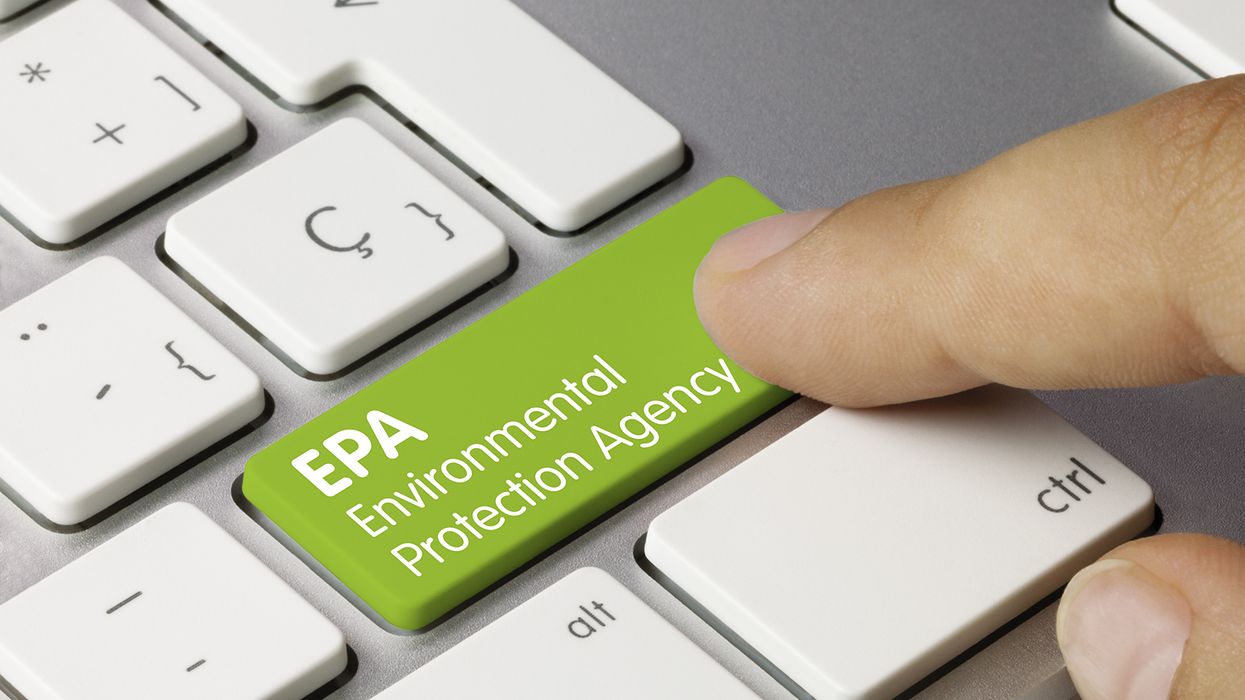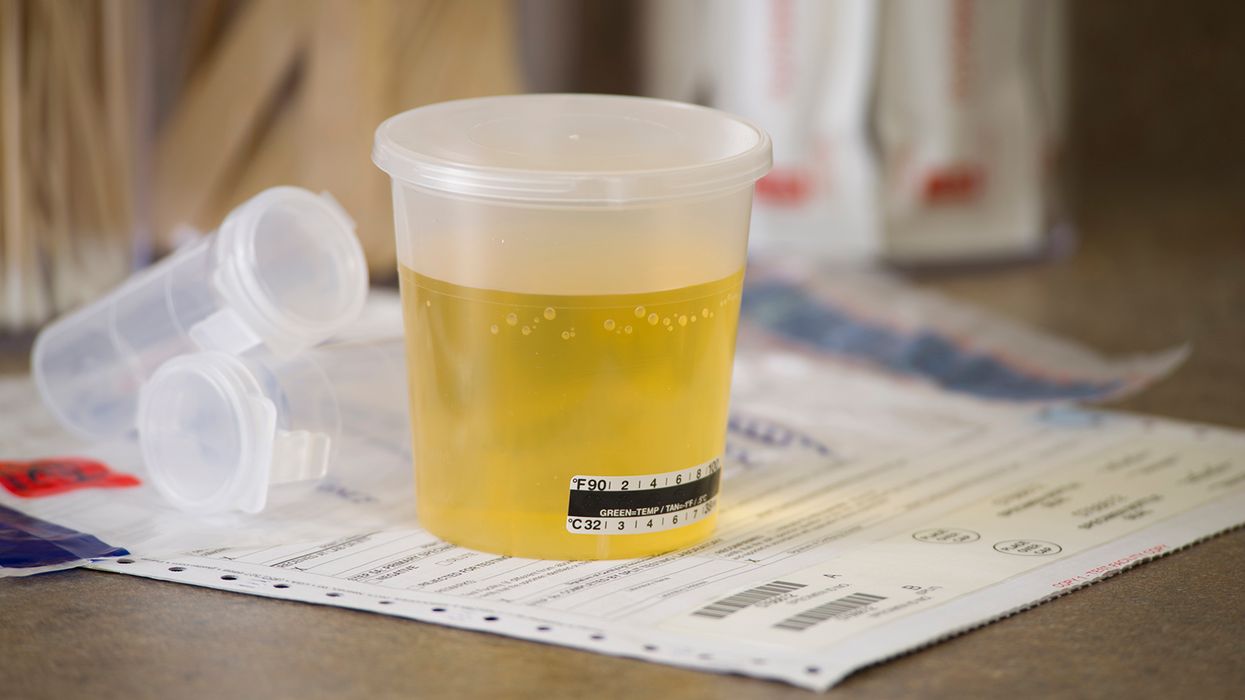EPA plans to expand TRI reporting to advance environmental justice
EPA announced a plan to expand reporting requirements for certain chemicals and facilities under the Toxics Release Inventory (TRI) to advance the cause of environmental justice. The plan increases the reach of TRI reporting requirements to include facilities that are not currently reporting on ethylene oxide (EtO) releases. It also provides new tools to make TRI data more easily accessed by the public. TRI data allows the public to learn about annual chemical releases, waste management, and the pollution prevention activities reported by the facilities in their communities.
EPA says it shares the public’s concern about the harmful effects of EtO on human health. (EtO has been shown to cause cancer in humans and has adverse effects on the environment.) The agency committed to broadening TRI reporting on EtO to include certain contract sterilization facilities that use the chemicals and are not currently required to report the information. EtO is used to make other industrial chemicals and to sterilize medical devices. Many sterilization facilities are located in areas with environmental justice concerns. Communities living near these facilities are at the highest risk from exposure to EtO. Expanding TRI reporting to include EtO will assist EPA in identifying and responding to any human health and environmental threats. EPA says it will provide more details in upcoming months.
Additional TRI reporting requirements
- Natural Gas Processing Facilities: EPA plans to finalize a rule to add natural gas processing facilities to the list of industry sectors required to report to TRI.
- Additional per- and polyfluoroalkyl substances (PFAS): EPA will continue to add PFAS to TRI, in addition to three PFAS added in Reporting Year 2021.
- TSCA workplan and high-priority chemicals. EPA plans to propose adding to TRI the chemicals included in the TSCA workplan and other substances designated as high-priority substances under TSCA.
Additional tools for communities
EPA also plans to make TRI data more useful and accessible to communities with environmental justice concerns by:
- Enhancing TRI search tools to include a “Demographic Profile” section which displays a map showing information like the income profile and the racial makeup surrounding TRI facilities;
- Launching a Spanish version of the TRI website; and
- Promoting the use of Pollution Prevention (P2) information as a tool for communities to engage with reporting facilities on workable solutions for building community health by encouraging facilities to reduce their use and releases of toxic chemicals, thereby helping to prevent possible exposure to such chemicals.






























































